Ken Toyama
@kenstoyama.bsky.social
Evolutionary biologist. Postdoc at UNMSM 🇵🇪. Macroevolution and Ecomorphology. Mostly lizards, sometimes snakes, always computers. From 🇵🇪 https://kenstoyama.wordpress.com/
@kenstoyama.bsky.social
Evolutionary biologist. Postdoc at UNMSM 🇵🇪. Macroevolution and Ecomorphology. Mostly lizards, sometimes snakes, always computers. From 🇵🇪 https://kenstoyama.wordpress.com/

As always, Ted Chiang is great in this interview.
cdh.princeton.edu/blog/2025/08...
If you are applying to a PhD, don't use an LLM in composing your proposal.
If you are doing a PhD, don't use an LLM to do the writing and reading and thinking for you.
Sorry, I am going to die on this hill.

Happy to share our latest paper in which we use a new big phylogeny of birds to analyze the relationships between dispersal, geographic range size and diversification rates across all birds. See also post by
@sheardcat.bsky.social and @josephtobias.bsky.social
www.cell.com/current-biol...
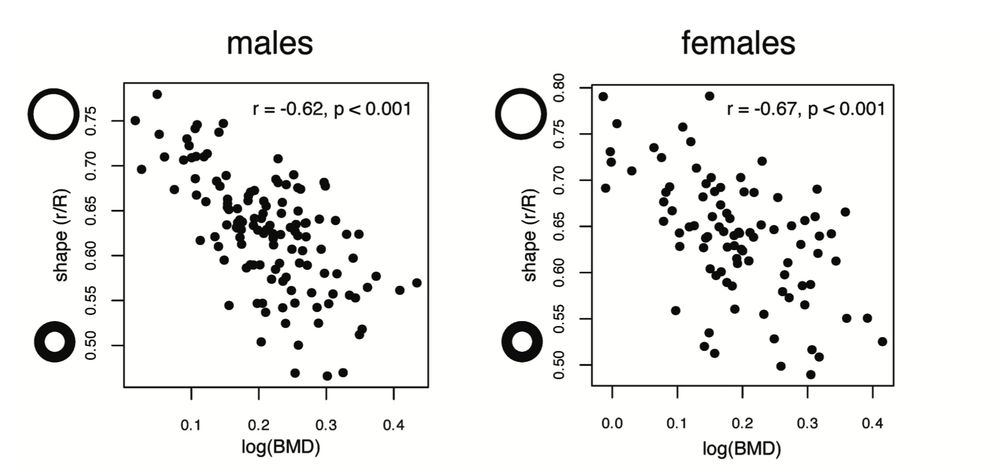
Both variables contribute to bone strength but cannot be simultaneously maximized. We found that island and mainland species tend to use opposite strategies, possibly due to life history differences.
28.07.2025 09:11 — 👍 7 🔁 0 💬 0 📌 0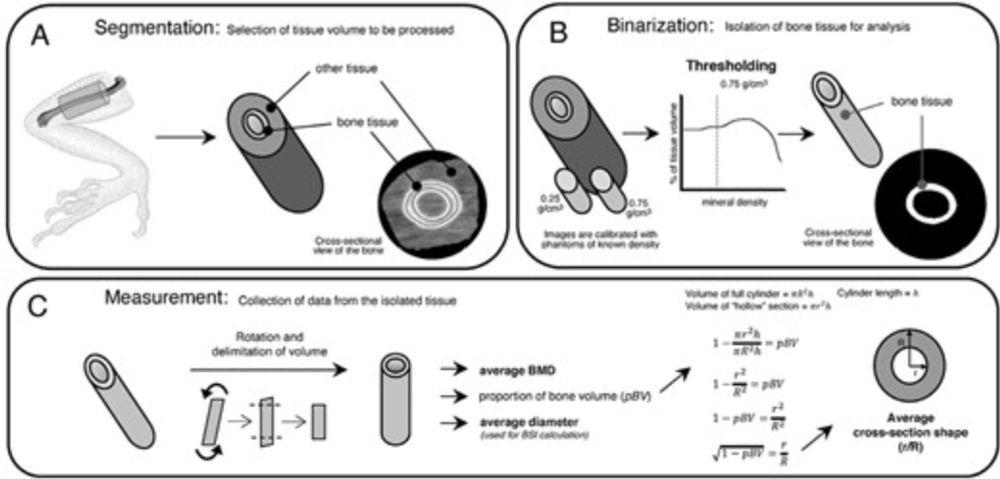
Low-density high-hollowness bones vs high density low-hollowness bones in anoles!
academic.oup.com/evolut/artic...
First we removed people's names from awards.
Now, we want to remove journal names when referencing people's work.
Soon we will remove people's names from their own papers.
The dehumanization of science.
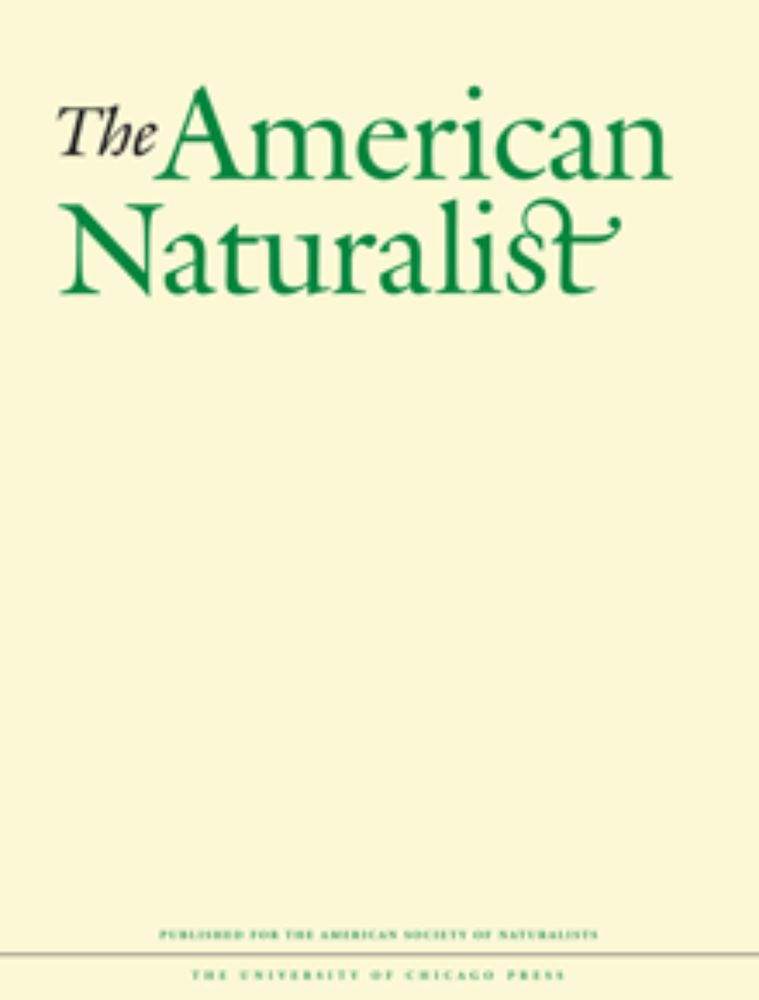
In this new Historical Perspective, Ken S. Toyama describes how the original definition of Rensch's rule, which has been overlooked for decades, can impact the way we study sexual dimorphism. Read now ahead of print!
www.journals.uchicago.edu/doi/10.1086/...
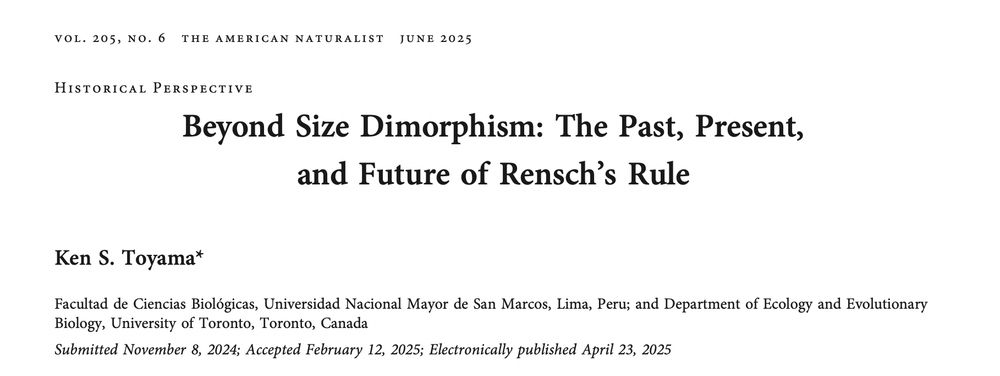
My historical perspective on Rensch's rule now Ahead of Print @asn-amnat.bsky.social
www.journals.uchicago.edu/doi/10.1086/...
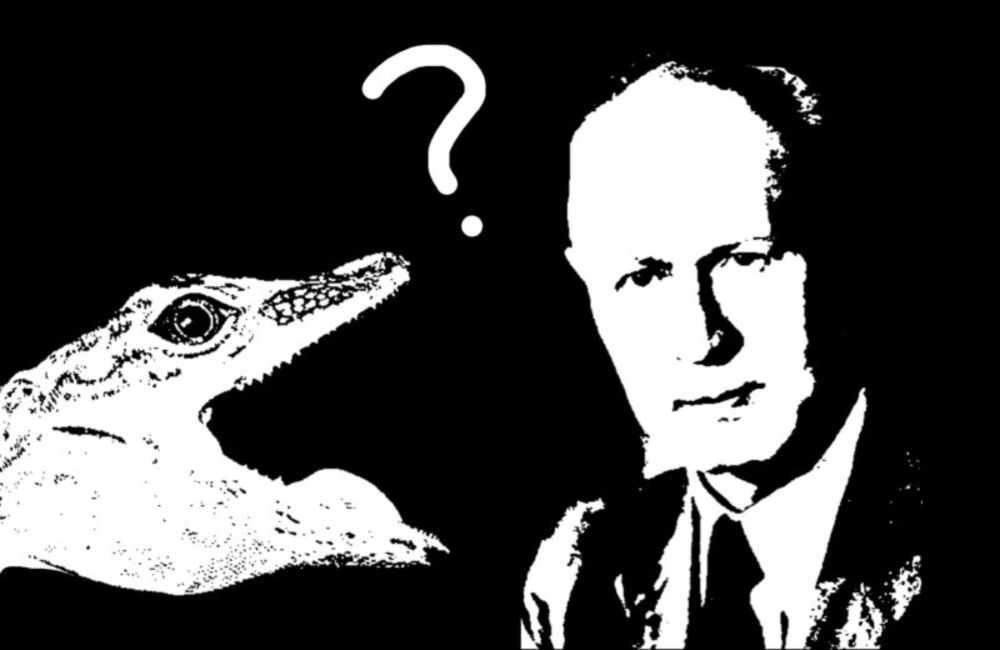
I wrote a post for @anoleannals.bsky.social about my latest paper with @jblosos.bsky.social @anthony-herrel.bsky.social and Luke Mahler on anole bite force and Rensch's rule. Read it here!
www.anoleannals.org/2025/01/17/a...
Among other things, these results illustrate how looking at allometric patterns of performance dimorphism directly (i.e. testing Rensch's Rule patterns on performance traits) can complement observations based on the traditional Rensch's Rule patterns of body size. Many more details in the paper!
02.12.2024 19:13 — 👍 1 🔁 0 💬 0 📌 0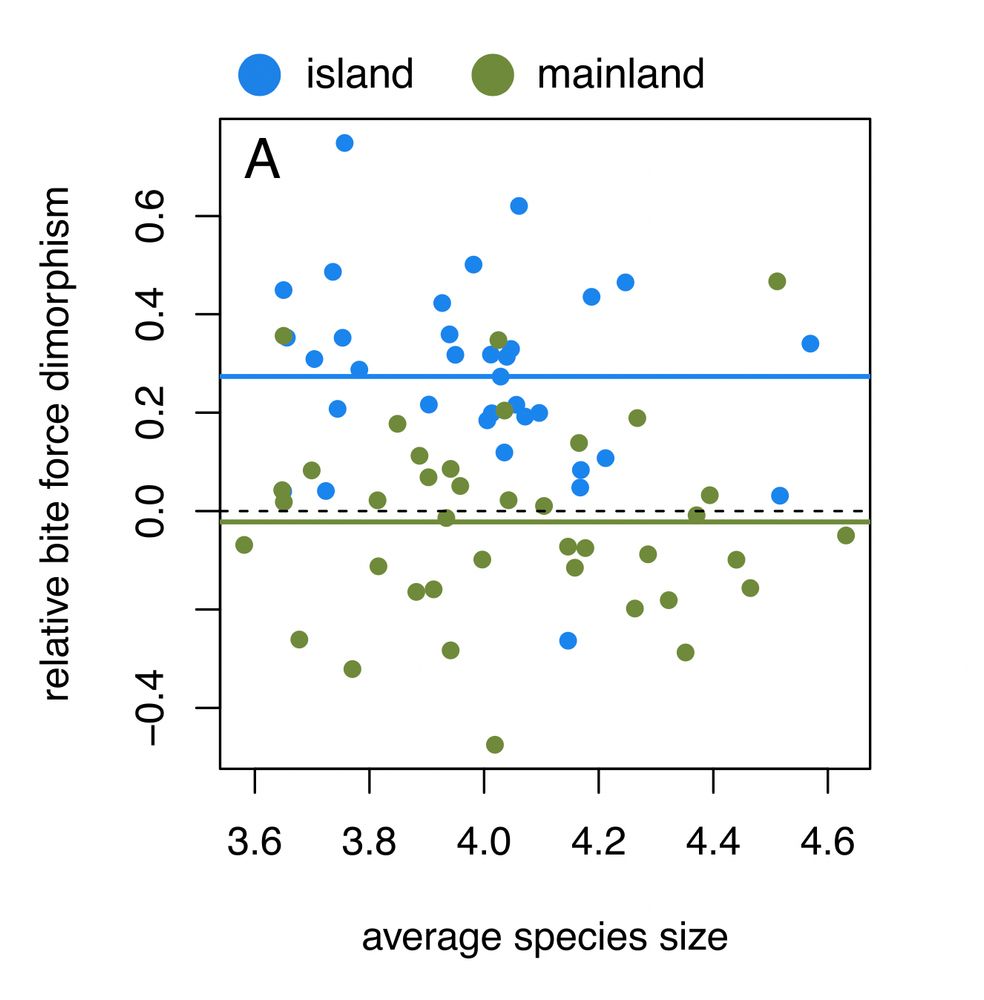
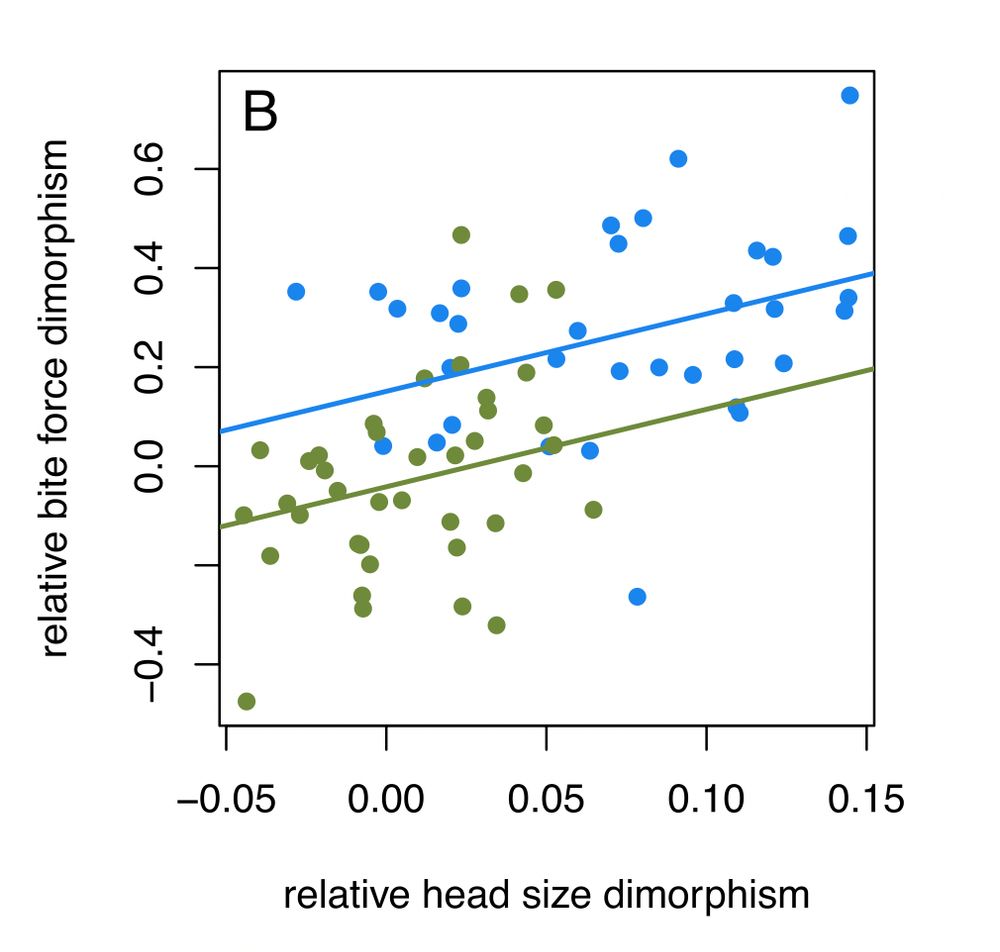
But, consistent with our expectation of a strong sexual selection regime on islands, relative bite force dimorphism is higher in island species when compared to mainland ones, independently of size. This difference is only partly explained by relative head dimorphism being higher in island species.
02.12.2024 19:13 — 👍 1 🔁 0 💬 1 📌 0Testing Rensch's Rule in bite force showed us that SSD actually explains performance dimorphism very well: on average, males from large species don't get disproportionate performance benefits by getting larger.
02.12.2024 19:13 — 👍 1 🔁 0 💬 1 📌 0
To reconnect patterns of SSD with performance dimorphism we tested Rensch's Rule in bite force performance. Yes! Rensch's Rule is not only a pattern that involves SSD, you can read more about that here:
www.biorxiv.org/content/10.1...
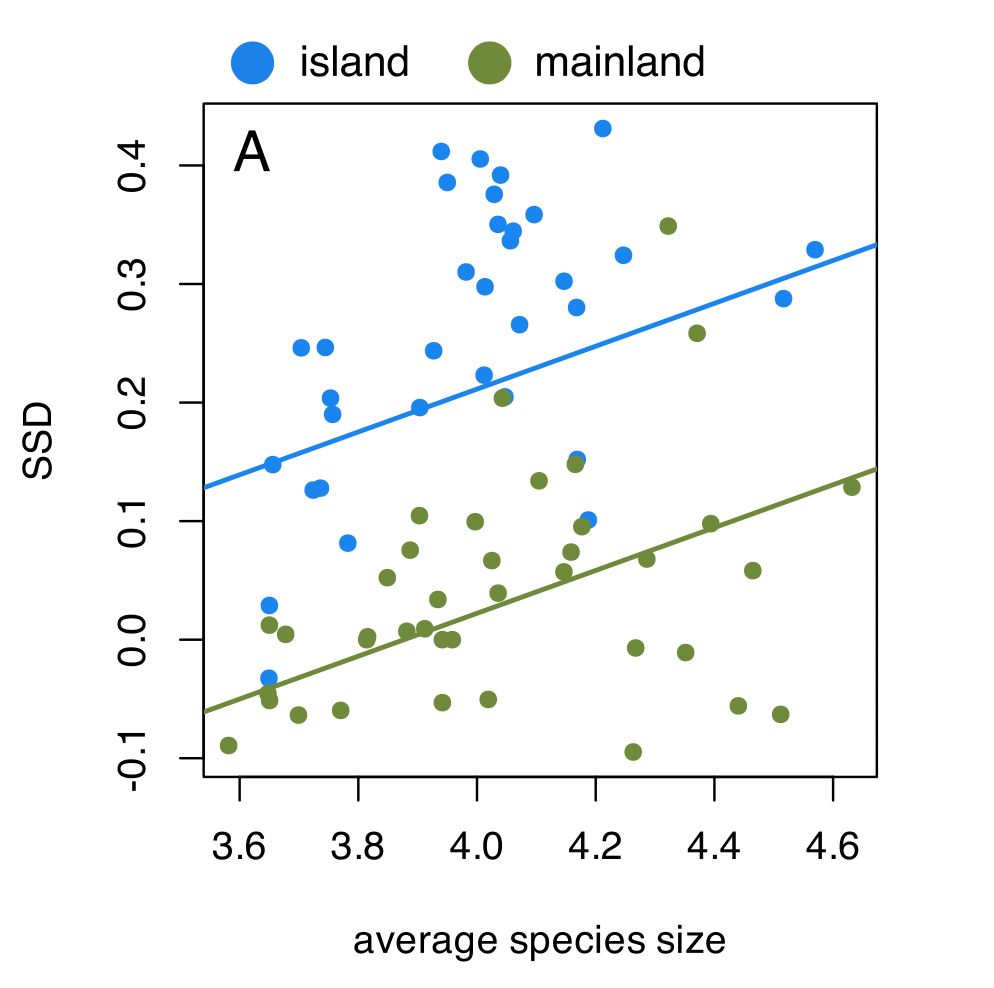
Anoles follow Rensch's Rule, but how does it relate to performance dimorphism?
02.12.2024 19:13 — 👍 1 🔁 0 💬 1 📌 0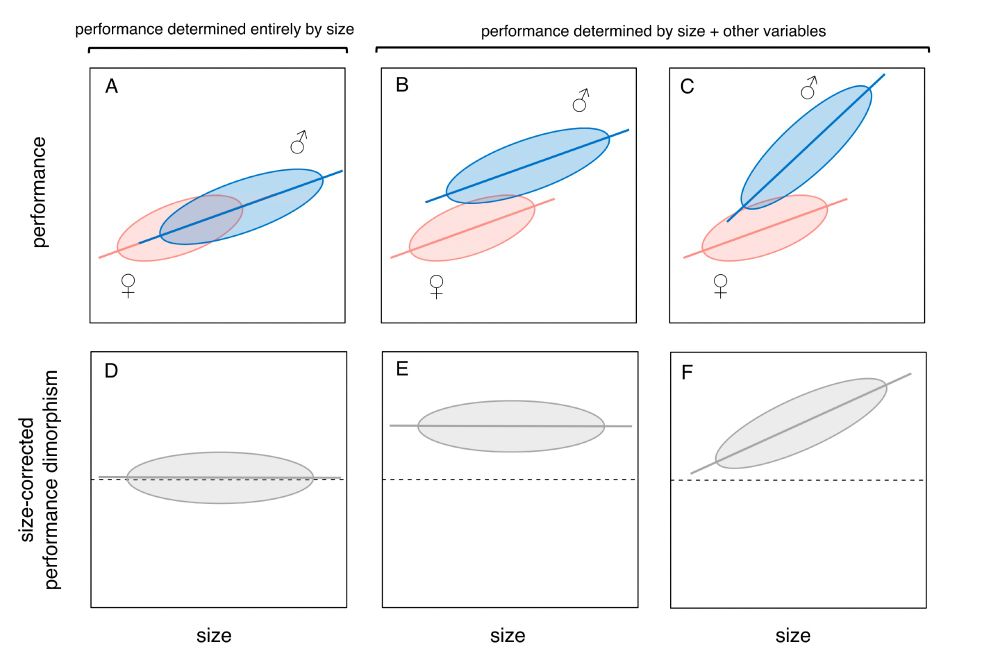
However, the nature of the relationship between size and performance is rarely directly measured. This implies that an observed Rensch's Rule pattern in body size is actually compatible with different patterns of performance dimorphism.
02.12.2024 19:13 — 👍 1 🔁 0 💬 1 📌 0Rensch's Rule, a famous macroevolutionary pattern, tells us that male-biased SSD increases with species size. A common hypothesis for the emergence of the pattern involves sexual selection: higher dimorphism is driven by males evolving large sizes in order to enhance combat performance.
02.12.2024 19:13 — 👍 1 🔁 0 💬 1 📌 0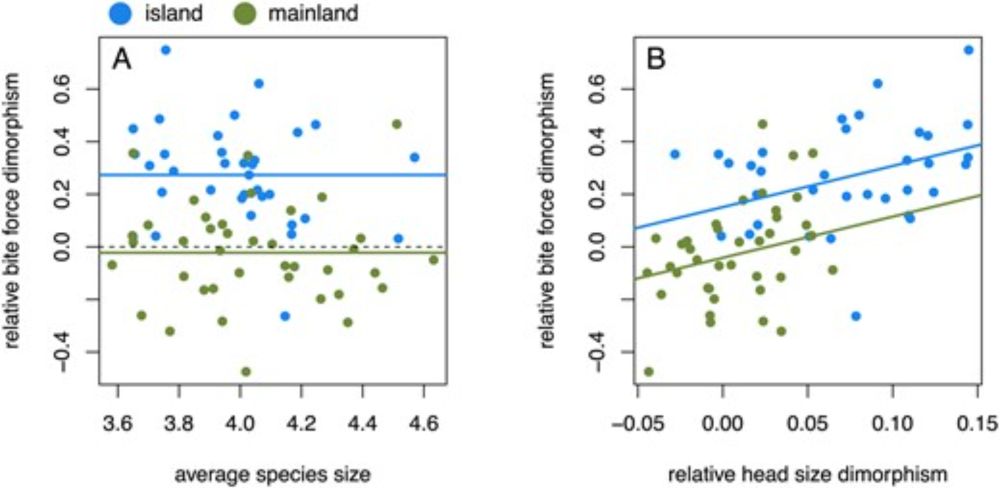
What does sexual size dimorphism (SSD) mean in terms of combat performance differences between the sexes? We explored this question looking at bite force in Anolis lizards in this new @jevbio.bsky.social paper:
academic.oup.com/jeb/advance-...